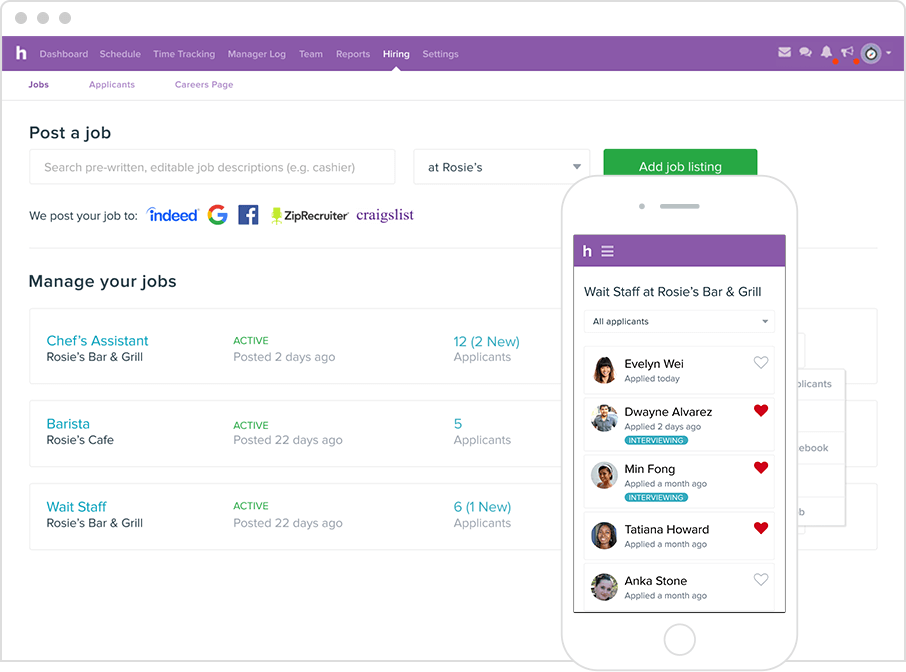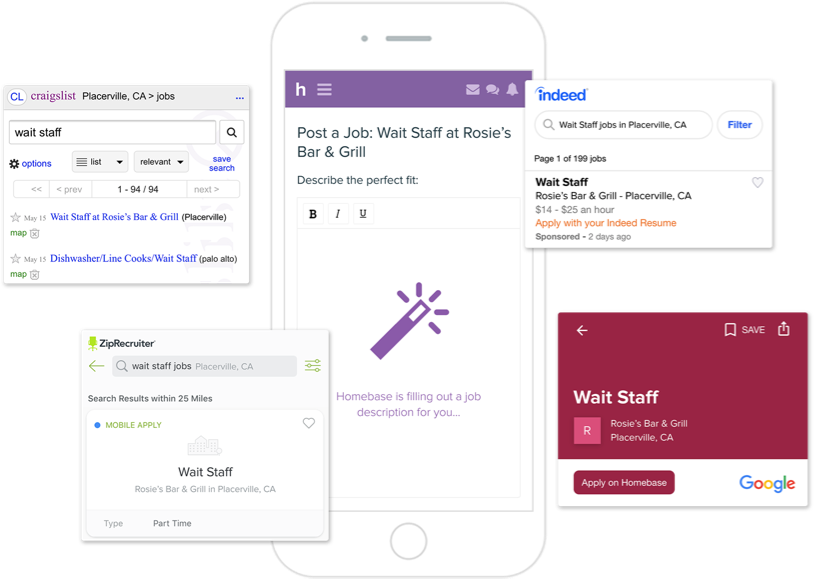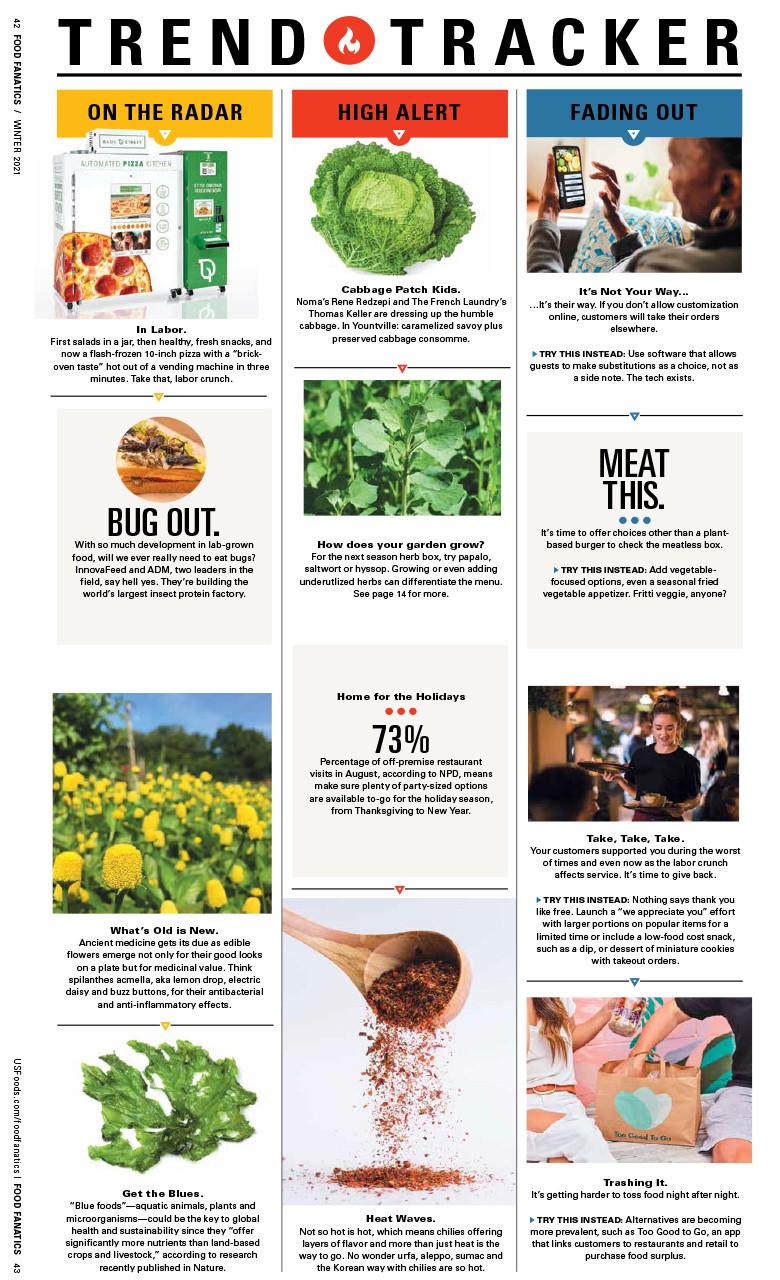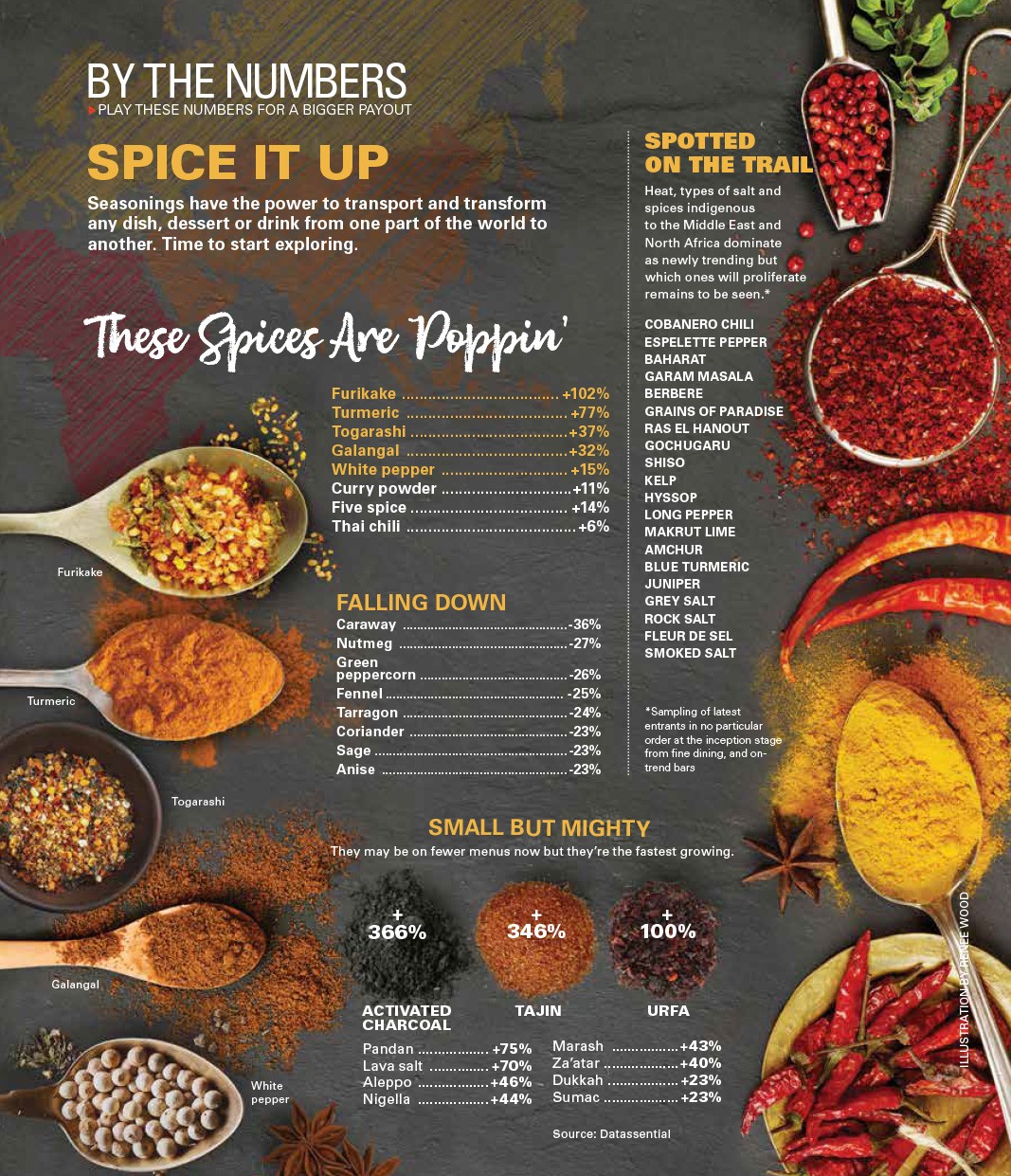RESTAURANT HIRING AFTER COVID-19
How to build stronger teams in a post-pandemic world
The emotional and financial impact of COVID-19 led restaurateur Matt Brewer and his partners to rethink strategies for hiring.

Early in the pandemic, their San Francisco restaurants Che Fico and Che Fico Alimentari raised money to serve free meals to first responders and out-of-work hospitality workers, which kept almost everyone employed. But the fluctuating government rules, changing seating capacity and the last shutdown of outdoor dining meant layoffs. While the majority of their staff did return, it couldn’t be business as usual.
“Between myself and my partners, we spent an incredible amount of time, especially in the summer, having long talks with the general manager, chef de cuisine and others,” he says. “We had to figure out what the future would look like for us as a business, for our team, our guests and our profit margins.”
Restaurant owners around the world have been engaged in the same conversations. A reckoning in the restaurant industry had been well underway before the pandemic shook it all to the ground. Racial and gender diversity, pay equity and affordable healthcare could no longer be ignored. Some changes are in place, but the pandemic has allowed for reevaluating priorities, especially in rehiring staff. In the end, it’s going back to basics, but doing it better. Treat your staff right, and they’ll stick around.
ESTABLISH NEW STANDARDS
With so many people out of work, developing or reviewing established standards will help with retention. They will allow you to sift through people who just want a job versus those who are looking for a quality-of-life work environment.
“Putting values out there right away shows what we expect from our staff, both new and old hires,” says Brewer. “And then it goes back to what they can expect from us, like benefits, a respectful environment and a safe space. That’s more important now than ever.”

SET CORE VALUES
Determine which work values are important, essential and even non-negotiable that touch every aspect of the business. When Dina Samson and chef and husband Steve Samson opened Rossoblu in downtown Los Angeles, they introduced four core values to build a robust and dedicated team: integrity, work ethic, commitment to excellence and compassion. They used them as a measuring stick to enlist and retain workers, and it’s the same approach they’ll take to hire and rehire staff after the pandemic.
“Everyone had to sign an agreement to uphold these core values, and then we could hold people accountable,” says Dina Samson. “Say someone wasn’t nice to a guest, they lacked compassion. If someone was consistently late to work, they lacked work ethic. After coaching, if a team member couldn’t adhere to these values, they parted ways with us. Because of this approach, our long-term employees are the ones we’ll bring back from furlough.”
GET BUY-IN
Alongside the #MeToo and Black Lives Matter movements, conversations about racial diversity, gender equality and pay equity in the restaurant industry have been front and center. But the pandemic cracked open an opportunity to quicken the pace.
To create a safe and equitable space, the Samsons included staff input. They discussed tip sharing with the employees, resulting in the front-of-house staff splitting tips with the back-of-house team. They also created a diversity and inclusion committee to focus on better hiring practices and purveyor selection.
“With the right leadership, employees can have their voice heard, and there can be an open dialogue about what is possible,” says Dina Samson. “Not everything has to have a monetary value. There is much satisfaction that can be gained from being part of the solution.”
IMPROVE BENEFITS
The federal government left the hospitality industry without proper resources to secure pay and benefits for furloughed restaurant workers. As a result, benefits and compensation will play a much bigger part in the next wave of hiring; how that will look depends on the restaurant.
At Che Fico, the owners paid for healthcare through much of the pandemic because the business could sustain it. Looking forward, they’re considering sick days and vacation time. In California, companies with more than 50 employees are now required to offer some sort of retirement plan. All of this is added expense but doable, Brewer says.
“We want to be able to pay what we consider a living wage in San Francisco,” Brewer adds. “We also want to create an opportunity for growth in the company. We need to figure out the most equitable way to compensate everyone. Our biggest goal is to figure out how we restructure to achieve all of this.”
ADD INCENTIVES
Incentives don’t always need to be financial. Hunter Evans, chef/owner of Elvie’s in Jackson, Mississippi, takes a holistic approach to his staff’s well-being. He’s offered free meals for furloughed workers, paid for gym memberships, sourced affordable mental health care, and held morning yoga classes at the restaurant. These should be more common, he says, not just an added bonus.
“If you don’t take care of your people who are taking care of your guests, it won’t work,” Evans says. But if employers take care of their staff, “it can only drive productivity and morale up. I wouldn’t work for a company that doesn’t care for me outside of the building. We should be in tune with the staff’s needs, especially after the pandemic.”
Operators everywhere agree. For all the downsides of the pandemic, the small upside is that it provided an opportunity to reassess how to manage and retain staff. In the end, that’s what will make a stronger business.
“It’s time for us as operators to draw the line and say this is how we’re going to reopen,” says Brewer. “We have a new opportunity to tell our story.”



